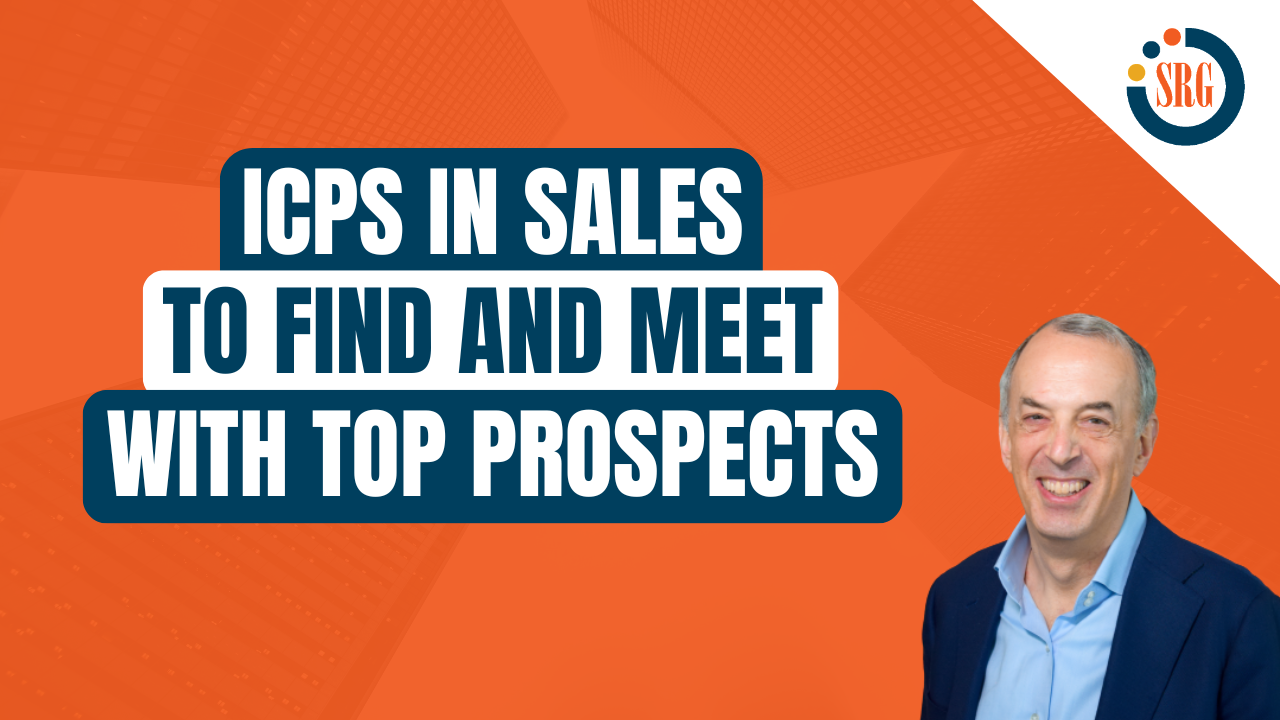In prospecting, the only thing worse than not setting a prospecting appointment is setting an appointment with the wrong prospect. Meeting with an unqualified prospect is a huge waste of time and can clog up your sales pipeline with bad opportunities.
Increase your odds of prospecting success by only focusing on the most appropriate prospects for your solution. That means defining what the most valuable customer looks like for your company using a “reverse engineering” concept based on specific demographic criteria and certain behavioral characteristics. In marketing lingo, these criteria form an “ideal client profile” or ICP.
Your ICP differs from opportunity qualification (think BANT), which happens after you’ve set the meeting. Your ICP is a more top-of-the-funnel concept. It’s a fictional representation of your best sales leads based on research, past experiences, current leads, and your team’s resources. Use your ICP to identify the prospects most likely to convert into highly valued customers.
When identifying your ideal customer, don’t just look at your entire customer universe. Instead, focus on your very best customer universe. You should also consider the customer accounts that have been the most profitable. Then look for patterns and similarities.
Three Factors to Develop Your ICP
Factor #1: Company Demographics
The first factor to consider in creating ICPs for sales is the basic demographic information of your best, most profitable customers.
- Are your best customers in specific industry verticals?
- What about customer size (number of employees/revenues)?
- Are they located in specific geographies?
- Are there unique attributes about your customers that make your solution more appealing?
- Who are their customers?
- Level of organizational maturity?
- Common business problems?
Factor #2: Buyer Demographics
Now that you have a general idea of which companies to target with your prospecting efforts, you must consider who to target within those companies. Consider the following buyer demographics:
- Title
- Seniority
- Role in the organization
- Buying/budget authority
Please note that these basic buyer demographics used in your ICP differ from the much more in-depth information used in creating buyer personas, which typically include psychological factors, business challenges, buying journeys, and motivators.
Factor #3: Likelihood of Engaging
Finally, consider the prospect’s likelihood of engaging with you.
- What are the readily identifiable trigger events? For example, acquisitions, expansion, or sustainability initiatives.
- Any relevant industry trends?
- What technological, economic, or regulatory changes make your solution more appealing
- Do you have relevant success stories with similar customers?
- Has the prospect previously consumed your content (e.g., downloaded whitepapers or attended webinars or other events sponsored by your company)?
Use ICPs in Sales to Find the Prospects Most Likely to Become Customers
Sure, excellent prospecting skills are essential for prospecting success (see
here), but before you make any calls or emails, you should identify your ideal client profile. Use your ICPs as a blueprint to create a focused list of prospects. The right prospects will not only save you time but will have a higher probability of becoming valuable customers.

